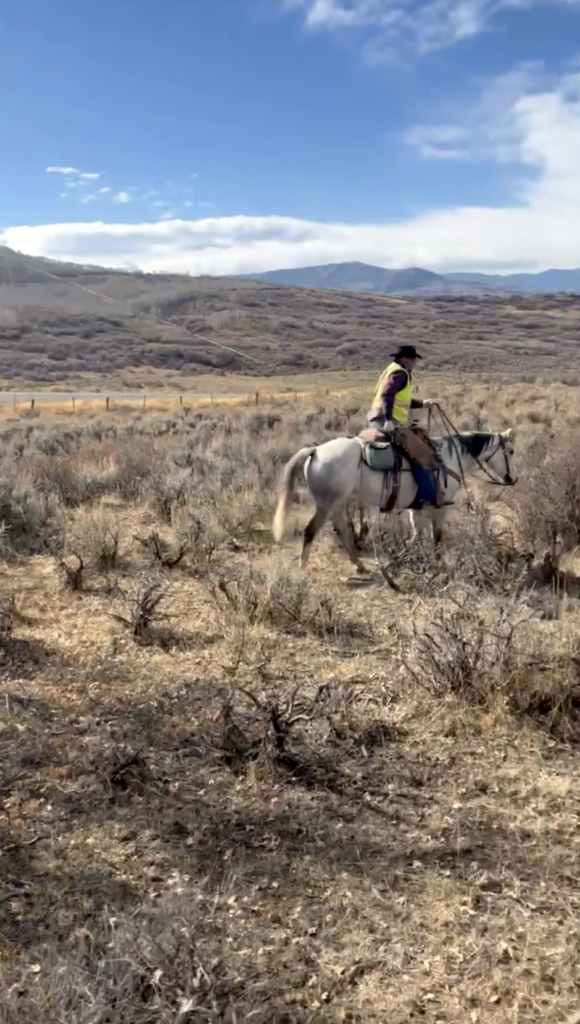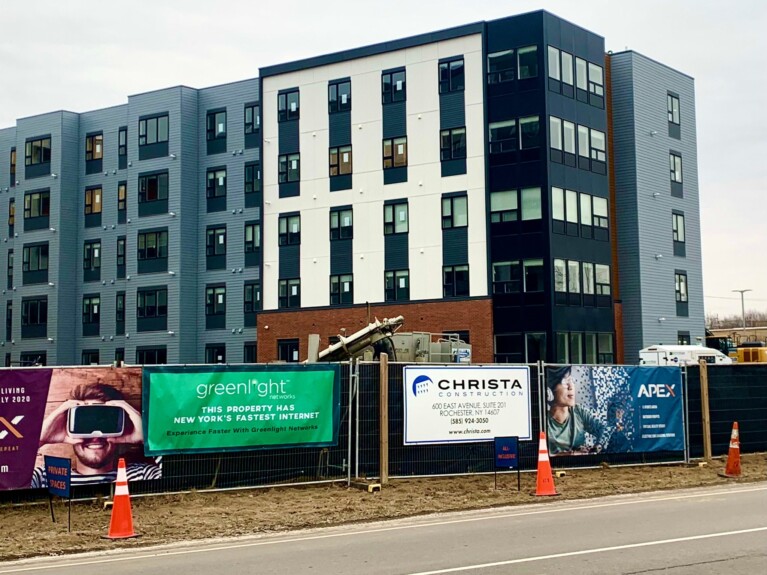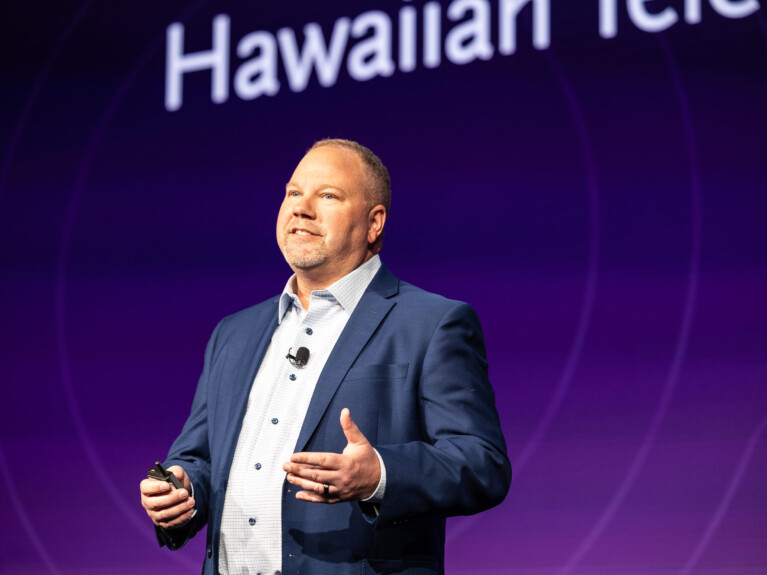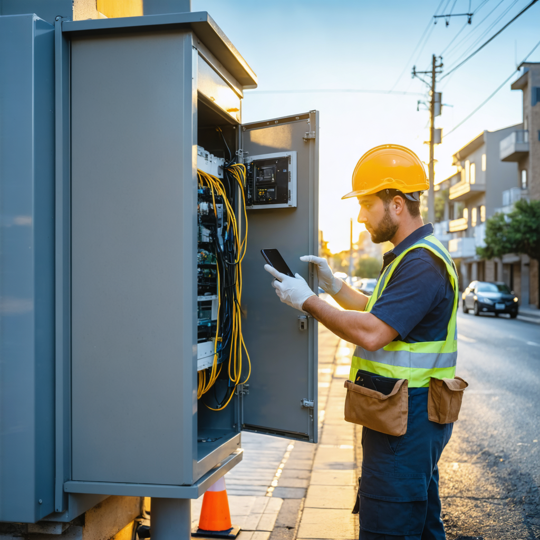Colorado’s ARPA Horse-Drawn Fiber Lights Up National Park
Delta-Montrose Electrical Association (DMEA) electric cooperative has been steadily deploying fiber to its 30,000 members and local businesses in the Montrose and Delta Counties of Colorado since 2017. As it continues to connect locations with the end-goal of delivering reliable high-speed broadband to all addresses in its service area, it has seen its share of challenges as it moves into the more remote and rugged areas of Colorado’s Western Slope.
Bringing fiber into the Greater Gunnison Gorge area and Black Canyon of the Gunnison National Park was no small undertaking but was a vitally necessary upgrade for basic commerce and public safety. The park, which attracts around 350,000 visitors annually, had suffered for years with legacy DSL plant from the incumbent provider that was oftentimes overloaded and/or unable to deliver basic services.
“There were long periods of time where [Gunnison National Park] couldn’t collect entry fees,” said Kent Blackwell, Chief Administrative Officer, DMEA. “It was a huge impact to their annual revenue, because those [credit card processing] services were so hit and miss. Three different times I’ve been out there, taking friends and family to visit, and each time, I didn’t have to pay the $30 park entrance fee [because the connectivity was down].”
“The unreliable connectivity also caused safety concerns, with the visitor’s center emergency services communications intercom unable to work for four years without sufficient reliable connectivity,” said Blackwell. With the new fiber in place, additional broadband capacity has provided the ability to set up a communications tower in the park that will be able to relay signals down into the bottom of the canyon to provide much improved park staff and first responder communications.
Pulling fiber across National Park lands required some sensitivity and forethought, since Gunnison managers and DMEA wanted construction to have minimal impact and disruption to the park’s operation and its scenic beauty.
“The crews we hired brought in a team of horses to pull fiber through the trees and up the mountain so that we didn’t have to unnecessarily cut a bunch of vegetation and do a lot of destruction to a national park with heavy machinery,” said Blackwell. “They looked at mules but ended up using horses because they could put a rider on them and get through the thick vegetation without damage.”
Like many electrical cooperatives, DMEA was brought into the fiber service provider business by their membership. “As an electric service provider, we didn’t have an appetite to get in the broadband business,” Blackwell said. “In 2016, we had a sizable number of our members come to a board meeting with the knowledge that the coop had been building fiber optics to connect all our electric substations together, and their dissatisfaction with the incumbent providers, dissatisfaction with the rising cost of services for broadband, and in [local] communication services as a whole. Those members spoke in mass to our board members and heavily encouraged our board to consider getting into the broadband service arena.”

Pulling fiber across rugged terrain without disruptions to the landscape requires a horse or two. (Source: Delta-Montrose Electrical Association)
DMEA followed the urging of its membership and started to deploy fiber in 2017. It initially planned to self-fund the entire build on its own but was able to initially leverage Colorado’s state broadband grant programs to reach some of the more challenging territories in its service area more rapidly and later got access to federal monies to subsidize some of the overall build cost, such as using a $6.5 million American Rescue Plan Act Funding (ARPA) grant, with DMEA providing a $3 million dollar match for the Gunnison area project. The Gunnison project connected around 1,200 locations in the Montrose area, including the national park.
Connecting the last portion of DMEA membership is expected to be particularly challenging. “On average, we have 10 and a half meters per mile of plant,” said Blackwell. “We’ve built fiber to 85% of the membership so far. The last 15%, like the National Park drops, are truly at the far ends of our lines. We’re building three, four miles of line just to get to a pocket of 3, 4, 5, 6 meters. Out in rural parts of our service territory, we are building up into the mountains, ascending to 10,000, 11,000 feet, while our offices in Montrose sit at about 5,000 feet in elevation. Truly some mountainous, tough rocky terrain.”
While DMEA might be using horses instead of machinery to pull fiber, its residential and business customers are doing a lot of broadband heavy lifting. The electric coop offers several tiers of residential service starting at 400 Mbps symmetrical and going up to a whopping 6 Gbps, while business locations can get up to 10 Gbps broadband.
“Building fiber to a home affords that residence an opportunity for economic equivalence of somebody in in an urban area,” said Blackwell. “They can find themselves a remote job, or opportunities to create income for their households that otherwise may not have that luxury. We have software programmers that have relocated out of California to Paonia, Colorado. They’re using our 6 Gbps services to program video games. Call of Duty is one they are partially producing in our service territory.”
Businesses leveraging DMEA fiber to reach national and international customers include local distilleries and breweries like Snow Capped Cider and Storm King Distilling Company, an e-bike manufacturer, and fly fishing reel manufacturer Ross Reels.





